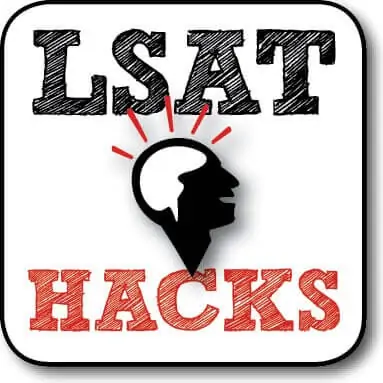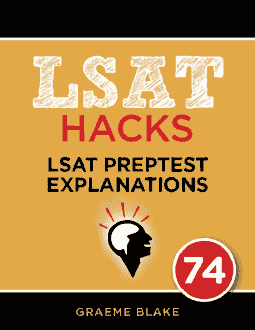QUESTION TEXT: Archaeologists are discovering a great deal about the…
QUESTION TYPE: Sufficient Assumption
CONCLUSION: The Sals didn’t smelt iron.
REASONING: The Sals didn’t have a word for iron.
ANALYSIS: This stimulus has a lot of filler. The first sentence adds nothing; it merely tells us vaguely that there are new discoveries. Likewise, the information about bronze and copper smelting tells us nothing directly about iron.
On sufficient assumption questions you must be focussed. The author will give you a conclusion: the Sals don’t smelt iron. They’ll give you their evidence for that statement: The Sals had no word for iron.
There will be a gap between the conclusion and evidence. In this case, the fact that a language lacks a word for something doesn’t mean the people who speak that language don’t know about the thing. For instance, you know how an autumn day smells? We don’t have a word for that, but we know what it is.
The right answer connects the evidence to the conclusion by saying that if a language lacks a word for a metal, then it didn’t smelt that metal.
Normally you could diagram a sufficient assumption stimulus. But in this case there are just two facts, with no conditional statements to draw. The right answer connects the facts by using a conditional.
___________
- This gets things backwards. It says: word ➞ smelt. We’re looking for smelt ➞ word
- This gets the contrapositive of the right answer backwards. It says:
smelt➞word. We’re looking forword➞smelt - The question is trying to prove a point about iron. Copper and bronze are irrelevant unless they’re connected to iron.
- We’re trying to prove that the Sals didn’t smelt iron. This answer tells us what happens if the Sals didn’t smelt iron. Such a statement can’t help us prove that the Sals didn’t smelt iron.
- CORRECT. This connects the evidence to the conclusion. Smelt ➞ word. Contrapositive:
word➞smelt

Free Logical Reasoning lesson
Get a free sample of the Logical Reasoning Mastery Seminar. Learn tips for solving LR questions


Graeme, how do we know that the stimulus contains the contrapositive of the statement, and not the original conditional statement itself? for example, why is no word–>not smelt the conditional statement and word–>smelt the contra? i had trouble understanding that given what was stated in the stimulus.
The stimulus *doesn’t* say “no word –> not smelt”. That’s what E says. Or rather E says smelt –> word.
That said, the argument was arguing for “no smelt” as a conclusion. That’s why you need to put E into contrapositive form to bridge the gap.
It’s not really a big deal though. ANY conditional statement can be read as the statement itself or its contrapositve. They’re exactly logically equivalent. So it doesn’t matter which way you read a statement as long as you do it correctly and can see how it fills the gap.